If you live in Georgia or another southern state, you can count on the appearance of fire ant mounds in the year's late spring. To be such tiny little pests, ants can cause a lot of turmoil in home lawns, hayfields, and pastures. They are one of the most detested insects. Many people are stung […]
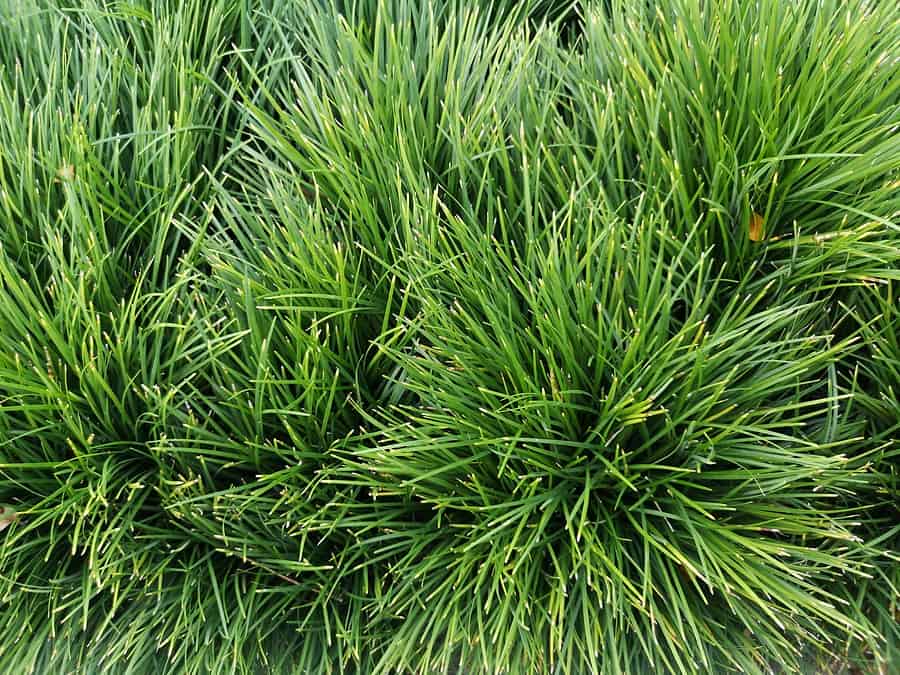
Your lawn can be gorgeous and full of green color healthy turf, especially if it's managed well. But sometimes you see that patches of your lawn appear thicker than others, rather than a uniform layer. Why does this happen, and how can you fix it?
Why does my grass grow in clumps?
When the grass on your lawn grows in clumps of thick grass, it can be a little disheartening. After all, you're probably spending a lot of time on your lawn and want it to look good. But maybe that's not what's happening at all. There could be a more scientific explanation for the growth of your grass.
Two main factors that influence grass to grow in clumps are moisture and soil conditions. If your lawn is irrigated more frequently than the soil can absorb, you'll start to notice that grass grows in clumps.
Another reason that grass might be growing in clumps is because of the type of soil you have. If the soil is sandy, you will more likely to get clumps of grass. This is because of the size of the soil particles in sandy soil. When you irrigate your lawn, the grass grows in clumps because the water can't penetrate the soil quickly enough.
Some grasses are more known for clumping. It is important to know what type of grass you have and if you have bunch-type grass. It might not even be grass and could be a weed such as crabgrass. It is important to identify the types of grass so you know how to identify the solution.
Clump Grass Identification
Do you have a clump of grass in your yard that you can't figure out what it is? Do you have a patch of weeds growing in clumps? Identifying the type of grass that is in the clump can be an important factor when trying to control your lawn. Is it a type of weed? Is it a type of grass? It could be anything from Perennial grass like Bermuda or Zoysia grass. What is it and how do I get rid of it? These are all questions that you could be asking yourself. In this blog, I will try to explain how to identify the different types of grass and weeds that grow in clumps. I will also explain how to kill and prevent them from returning.
Grass varieties commonly found in Georgia that are known for clumping:
Zoysia
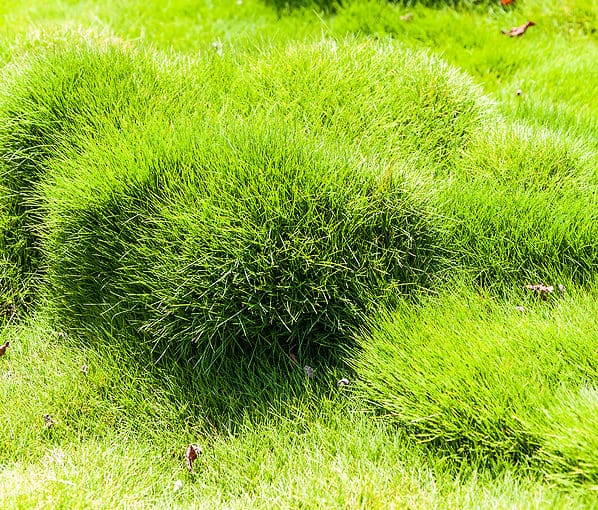
Zoysia grass is a very drought-resistant grass that only requires half an inch to one inch of water every week. It is a warm season grass, best for the southern regions of the United States. Zoysia grass is commonly used on golf courses, and athletic fields, and is becoming more and more common in homeowners lawns. It is a good choice for a lawn because it can withstand heat, poor soil, and high traffic. They are also great for use around pools because they have a deep root system that does not need much water.
Bermuda
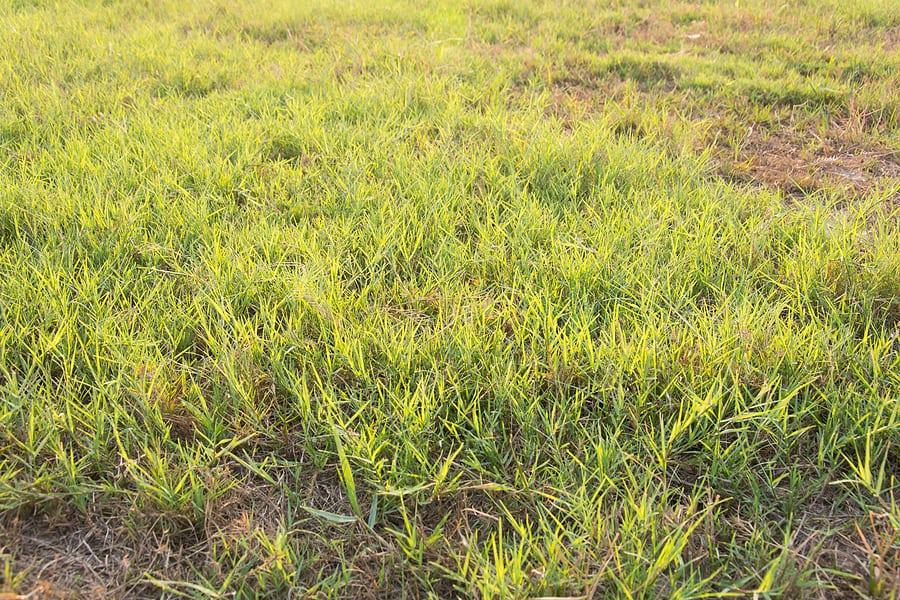
Bermuda grass is another drought-tolerant grass with deep roots. It only requires one inch of water per week. Bermuda grass is a great turf grass for people in places that experience a lot of warm weather. Bermuda grass is also more affordable than other grasses, and it has no season, despite the fact that it does not do well in the cold. Its extensive root system makes Bermuda grass perfect for neighborhoods and commercial uses.
Tall Fescue
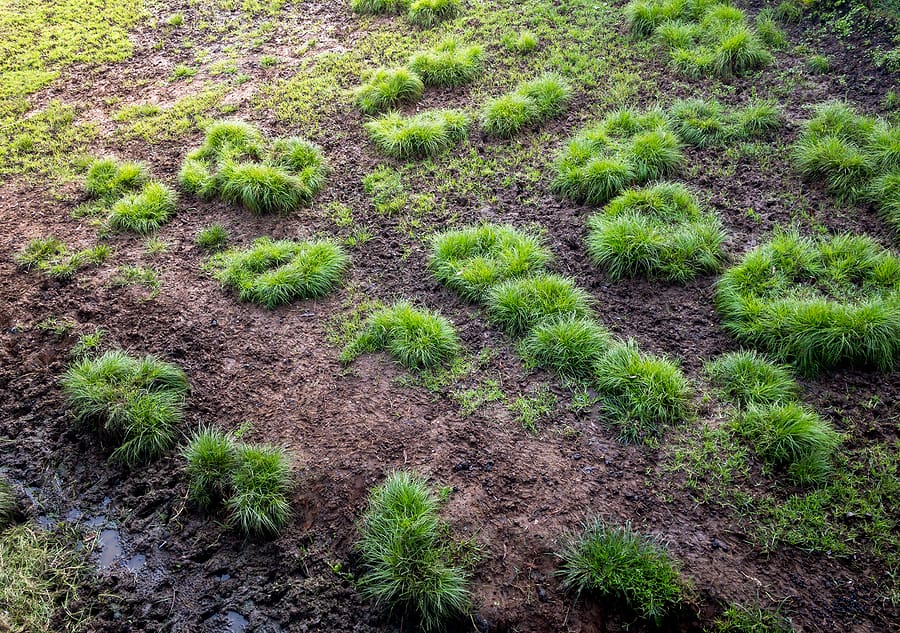
Tall fescue plants are very versatile and will be able to grow in many different environments such as in a St. Augustine grass lawn. Tall fescue is a fine texture, green grass that grows between 5 to 9 inches tall. Tall fescue grasses are tolerant of heat and shade. Tall fescue requires 1 inch of water per week making it very drought tolerant. Tall fescue is used in turf and grazing fields. They are a great grass to use if you live in a hot climate and need fast-growing grass that will fill in rapidly. This tall grass also grows in the shade.
Blue Grass
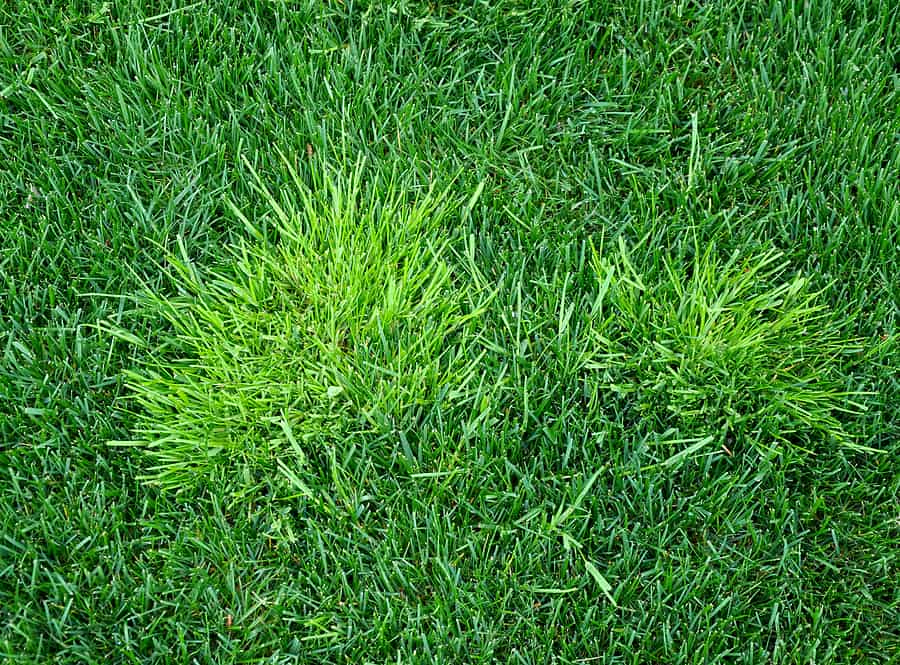
Blue Grass is cool season grass that is known for it's beautiful color, density and texture. Bluegrass is one of the more popular cool-season grasses. This popular, but not too common grass is a favorite among landscapers, but is recommended for soft, fertile, well-drained soil. Bluegrass does best in full sun locations and can grow up to a foot and a half in height. It's warm season is about two periods long, late spring and mid-summer to mid-fall. It's cool season is about four periods long, late fall to late winter and early spring and mid-summer to mid-fall.
Bahiagrass
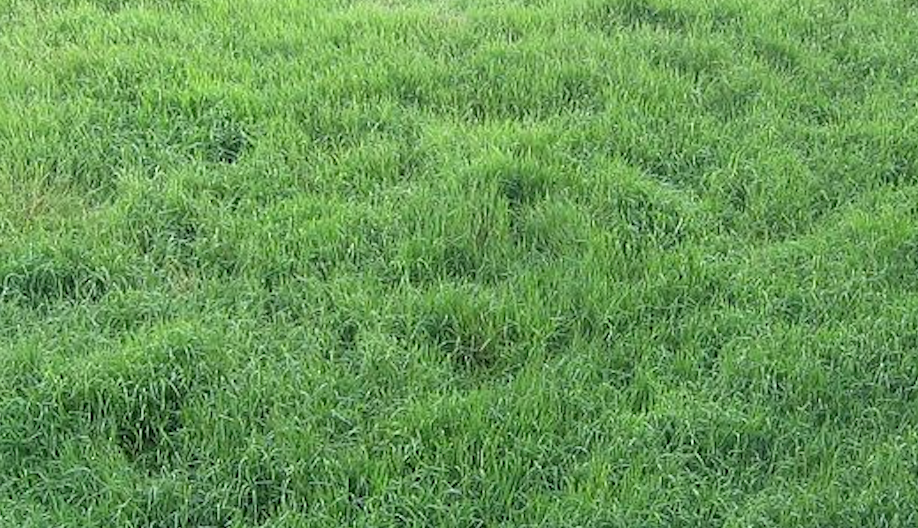
Bahia grass is a type of perennial grass that can survive in hot, dry climates. Bahiagrass is best suited for warm temperatures and is known for being heat and drought-tolerant.. Bahia grass is a low-maintenance grass that grows in clumps and doesn't require lots of care. It's used on athletic fields and in landscaping. Bahia grass is resistant to brown spots and root fungus.
Centipede Grass
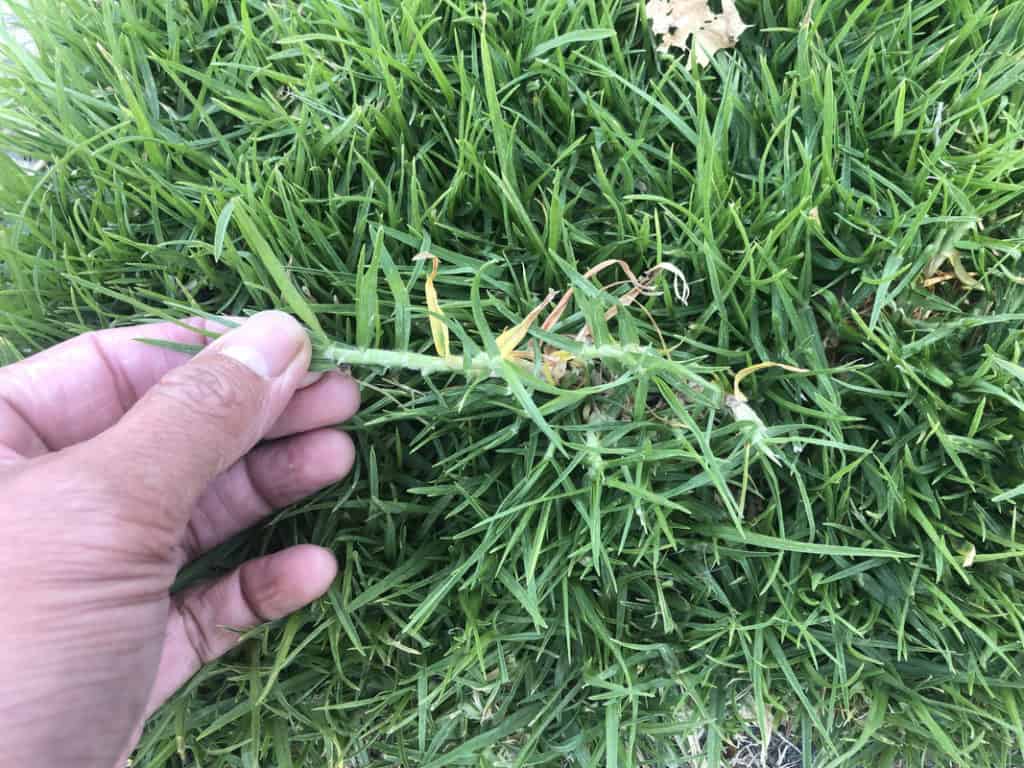
Centipede grass is an excellent warm-season grass. It is tolerant of bare soil and has a good shade tolerance. Centipede is more sensitive to cold than many other warm-season grasses and must be planted in the spring. Centipede grass will not tolerate wet soil conditions for extended periods of time. Centipede is best adapted to areas with summer heat and winter frost in the lower states.
Crabgrass

This perennial plant can be considered a weed due to its ability to grow back. In fact, depending on where you live, crabgrass may be a year-round problem, or it may only be a problem in the summertime when the soil is warm. The presence of crabgrass in your lawn means you don't have a healthy, balanced lawn. It is also a sign that your lawn needs serious attention from a lawn care professional.
How do you fix grass clumps?
In order to fix a bumpy lawn, it's important to understand that the source of the bumpiness is the cause. There are a variety of reasons why a lawn has become bumpy, and even more ways to fix it. It's best to choose the one that will benefit you the most. For instance, if the soil underneath is only disturbed, it's best to fill the holes back in and top up with good topsoil. This will make it easier for grass to take root and grow. It's best to seed or sod them in if there are larger spots.
A common question we receive from homeowners is how to fix grass clumps. From a visual perspective, it can be very frustrating when you see a section of your lawn that looks like a patch of weeds. The most important step is to not panic. It can be easy to think that the grass is dead when you see dead grass material and that you need to start over. But, if you are proactive and maintain the proper maintenance schedule, you can restore your it to a healthy lawn.
Laying Sod
Taking steps towards getting rid of clumps can often mean a significant overhaul of your lawn, but the results can be worth it. It starts with procuring the right kind of sod from a reliable source. The search for a "sod farm near me" could be a good place to begin. It's best to have an idea about the pallet of sod cost beforehand as it would give you a ballpark figure of the total investment.
The second part of this solution lies in understanding how to lay sod properly. An abundance of educational resources are available online to guide you through the process. However, before laying new sod, it's essential to handle the problem of overly thick thatch.
Lawn thatch, a layer of dead plant material between the grass and the soil surface, can prevent nutrients and water from reaching the grassroots and encourage clumps. A process known as dethatching can help solve this issue. If you're wondering what dethatching does, it essentially removes this excess layer, promoting healthier growth and reducing the likelihood of clump formation. Regular dethatching is crucial to maintain a balanced lawn, thus keeping your greenspace lush and even.
